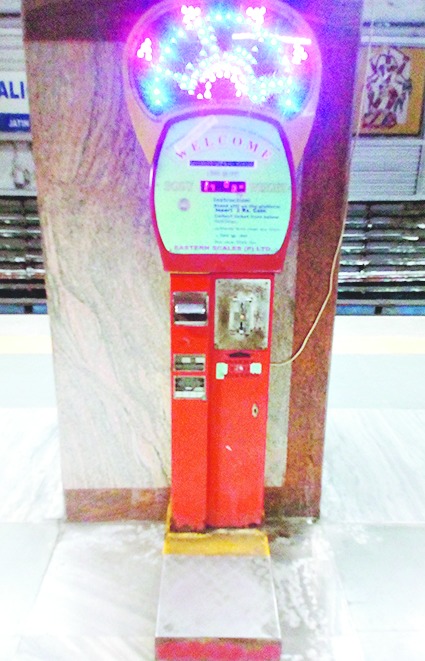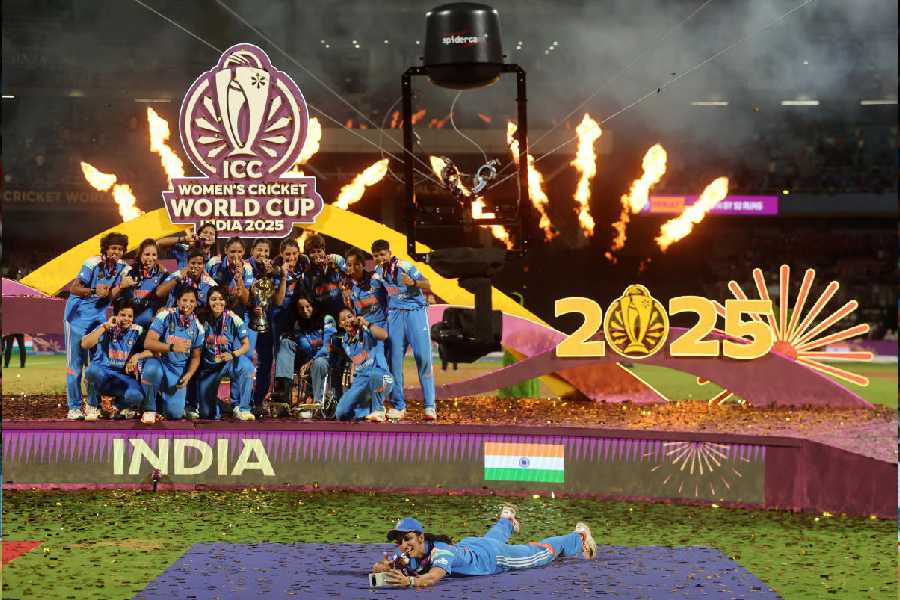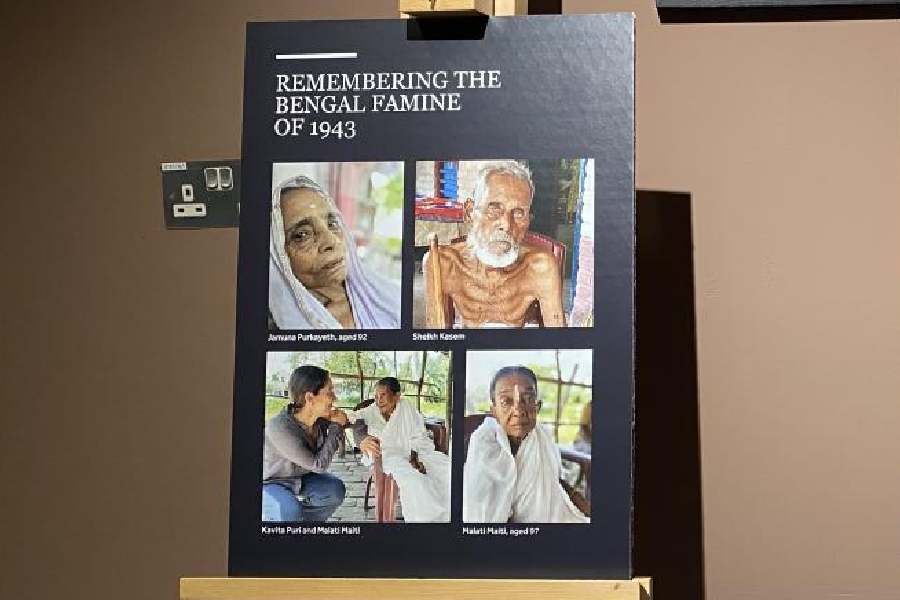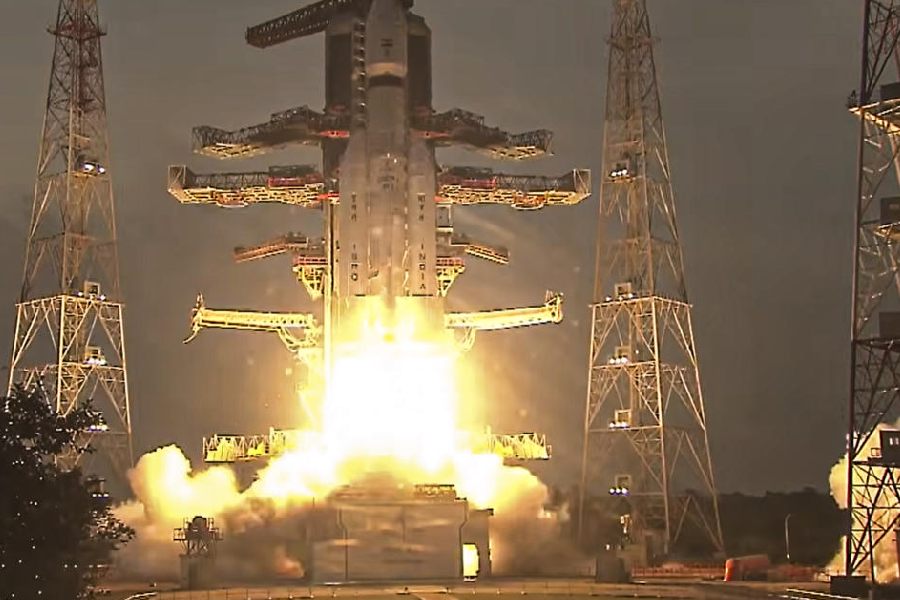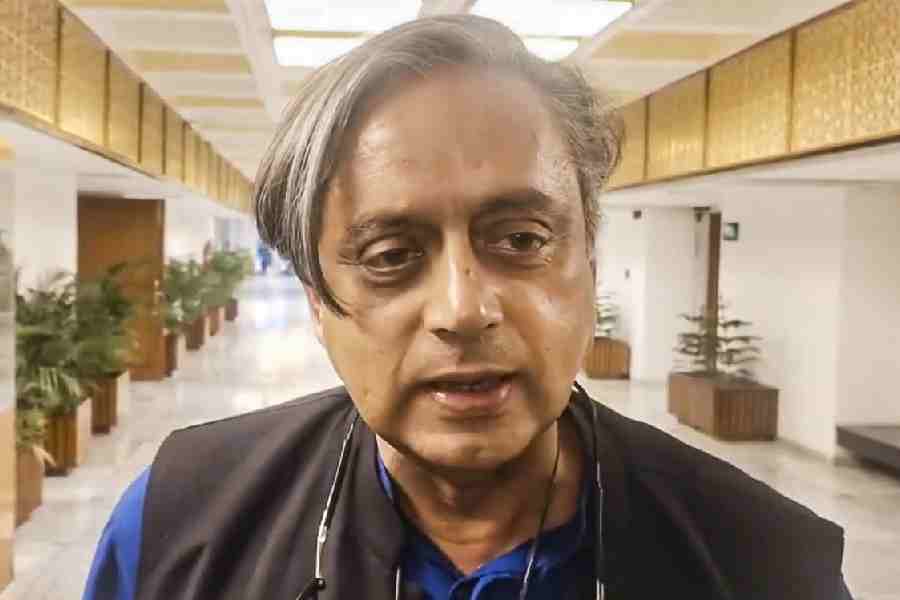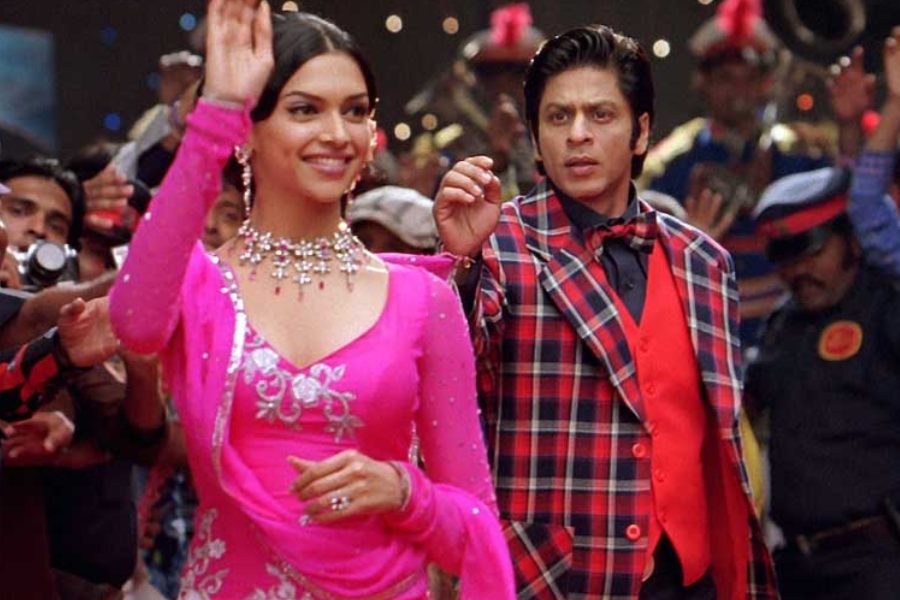
Even though its name can be seen in large and flashy type in 23 of Calcutta's 24 metro stations, most residents have probably never heard of Eastern Scales Private Limited. The company was founded in Calcutta in 1939 by J.H. Somerville, an Australian who had migrated to India looking for work during the Great Depression. Mr Somerville started out importing miscellaneous goods, among them ticketing machines, slot machines, delicatessen scales, and railway weighbridges. But it is a product that Mr Somerville would help to invent that became the underpinning of his business. In an improbable distillation of the tickets, coin slots, flashing lights, and weight displays that characterized Mr Somerville's imports, he would develop India's railway platform weighing machine.
The first models did not have the colourful lights and designs associated with the Eastern Scales machines currently in the Calcutta Metro. By the 1950s, Mr Somerville had begun distributing personal weighing machines to railway stations that were drab in appearance and lacked entertaining accoutrements. When, 20 years later, Indira Gandhi restricted the foreign ownership of Indian companies, Eastern Scales was forced to rely on machines of its own making. The company began manufacturing the first models of the current-day scales.
Asked where the machines could be found in their heyday, Roberta Rae Somerville, the 82-year-old daughter-in-law of J.H. Somerville and one of the current directors of Eastern Scales, doesn't know where to start: "They were everywhere!" Surinder Sharma, the proprietor of the Somerville company's one-time competitor Northern Scales, agrees: "They were in almost all the major railway stations in the country." Mr Sharma says that Northern Scales once had 110 full-time employees and 300 commissioned agents. Eastern Scales supported a workforce of at least the same size.
Over the last six years, almost all of the railway weighing machines have vanished from their public places. Eastern Scales, which shut down its factory, now has machines only in the Calcutta Metro and on a single line of the Bombay Metro. Northern Scales no longer has any machines on railway platforms. "Business is practically defunct," says Ms Somerville. "Probably it will be forever." The story of the apparently unnoticed collapse of this small industry is told in a separate article on this page. What follows here is an investigation into the little understood workings of the railway weighing machines in Calcutta. As the longtime home of Eastern Scales, this city is the birthplace of the machines. It is also the only place where they remain an unchanged part of daily life - one routine instance of the manner in which Calcutta lives in the past.
There are 56 weighing machines here in total; they are on the platforms of every railway station except Noapara. It costs one two-rupee coin to receive a ticket with a measurement of your weight and as many as four fortunes. The revenue of the machines changes from month to month. At Esplanade, the station with by far the most machines, they generated a total of some Rs 40,000 last June and Rs 80,000 in November. Since last May, the Esplanade machines have been worth an average of Rs 61,800 a month. According to a senior metro official, there are no plans to discontinue the use of the machines in Calcutta.
Many of the machines belong to the latest model, called the Antonia 2000, invented in that year and operated electrically. Some of the visibly older machines, whose lights are often encased in battered plastic, are made from a mechanical model that functions in much the same way as they did in the 1950s. In a sampling of all the machines in nine stations, 15 of 25 were working properly. Some of those that did not work had smashed lights or fractured columns or rusted metal, and seemed beyond repair; others mistakenly issued the same weight twice in a row, or failed to issue a ticket at all.
There is something sad in the affect of the machines. Their bright colours are faded; their automated cheerfulness frequently malfunctions; their dinky tickets and neon lights are so obviously archaic next to the blaring TVs hanging above them. Most machines display the following polite yet unhinged-seeming message: "HELLo PLEASE InSErt CoIn For ACCUrAtE UEIgHt". On a given week of commuting, it might seem that nobody uses them anymore, as if they are the broken toys of children who have become adults and left.
But the weighing machines are also dependable, accessible, friendly, and somehow innocent. At about seven feet tall and 225 kilograms, they don't look too much larger than a very large man. Most of their flashing lights depict an element of nature. Some show blue, red, and yellow concentric circles forming layers of a sun that project orange pointy flames. Others display white and green ocean waves, accompanied on the column by prints of swimming fish. Yet others feature a central flower with revolving multicolored petals. There is a fleeting moment in some of the machines when all of the different lights, in all of their different colours, are illuminated at the same time.
The machines are enchanting to certain commuters and useful to others. Little kids often run around or hug the machines during an imaginary story or game, while couples use them to take turns weighing themselves. This is a tense exercise that calls for a delicate balance of vanity and shamelessness. Is it worth taking off your shoes to shave half a kilo off your reading? Among the weighing machine pragmatists there are also concerned parents, who frequently weigh children in school uniforms. Even while the scales make a point of asserting that their measurements are "ACCUrAtE", their fortunes offer advice in an unscientific tone. The ticket that reads "DO NOT TRUST COMMON FRIENDS, AMONG THEM THERE ARE THOSE WHO COULD TRY TO TEMP[T] YOUR PARTNER" is notably hysterical. "YOU ARE BORED, THIS IS VERY SERIOUS, IT IS IMPORTANT THAT YOU MAKE A CHANGE" is similarly accusatory, though perhaps more insightful. Even "DON'T THROW LITTER HERE AND THERE" manages to sound hectoring and avuncular.
This peculiar combination of the clinical and the carnivalesque may be most clearly evident in the sounds the scales produce. Some machines register your presence with the spoken command: "Look straight and insert the coin." They might emit an officious beep before loudly announcing your weight to those standing nearby. Yet a few of the machines, for around nine seconds, also play a tinny snippet of music that is so simple and anonymous it may well have been composed by the scale's programmer. The music is in a cheery major key with the rhythm of a waltz. If it didn't sound so computerized, the tune might have been the sort of thing middle European peasants would have danced to at a gathering in a barn in the early 1700s.
Usually, the scales are unused and receive little attention. Most metro riders don't need these clumsy playthings. But anyone who makes a habit of weighing themselves in the metro will notice that a single person using a machine often leads to a line of other commuters waiting for a turn. They have suddenly noticed what had otherwise faded into the background.

